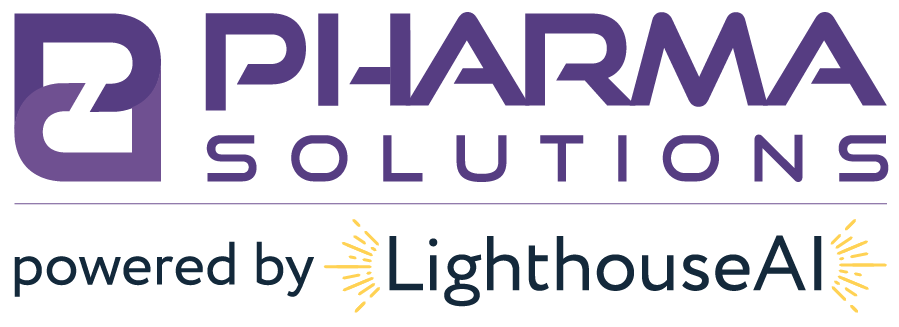DEA SOM 2020 Updates
Over two years in the making, the light at the end of the tunnel might finally be in sight – the Drug Enforcement Administration’s (DEA) has issued a Notice for Proposed Rule making as an update to the infamous definition of a “suspicious order.” In Fall 2017, the DEA drafted proposed an update to “to revise its regulations relating to suspicious orders of controlled substances,” per
. The new rule will also further specify “the procedures a registrant must follow upon receiving such orders.”
Suspicious Order Monitoring: A History
Suspicious orders surround much of the controversy within the supply chain: from the notorious shipment of 20.8 million pills into a small West Virginia town and
the fourth largest wholesaler having their registration temporarily suspended
,
to a wholesaler being legally mandated to continue shipping product to a customer after cutting them off due to perceived suspicious activity
.
Per the CFR, suspicious orders are “orders of unusual size, orders deviating substantially from a normal pattern, and orders of unusual frequency.” The ambiguity creates confusion during implementation which results in extra resources spent by registrants in order to determine if the order was “suspicious” or not. On the other hand, an incredibly detailed definition of “suspicious” may fail to capture more instances of illegal activity that fall into grey areas or toe the line, because they do not exactly meet the definition (
read our take from January 2018 on the new rule here
).
Looking Forward
Unfortunately, the focus of the rule will likely be on the actual reporting of suspicious orders rather than better defining a suspicious order. The reason for that is DEA recently released a Suspicious Order Reporting System at the end of 2019 (
read our article on it here
). Additionally, Congress recently passed a law for the current definition, taking away the ability of the DEA define the term on their own – something they may not have done anyway because their enforcement may become restricted.
With the ambiguity that surrounds the definition of a “suspicious order,” companies struggle to implement the proper controls which will protect them from DEA actions.
NavigateSOM
Suspicious order monitoring software helps manufacturers and distributors make sure that they are in compliance with DEA regulations. Our cloud-based suspicious order monitoring software, NavigateSOM, uses multiple algorithms to flag suspicious orders; NavigateSOM then allows for users to see the exact reason for the flag and upload investigation materials for rock-solid “DEA defensibility.” Other capabilities include, but are not limited to, easy API integration and expanded graph reporting per NDC, family, and class of trade. To learn more about NavigateSOM, visit our website
and schedule a free consultation with us!
Image: https://mhealthintelligence.com/news/ctel-presses-dea-to-set-ground-rules-for-prescribing-by-telehealth




0 Comments